

System, AI/ML & Data Expert
System Architecture, Machine/ Deep Learning, Big Data & BI, Cloud Computing.

AI/ML & Software Engineer
Software & Data Engineering, Big Data, Data Science, AI/ML Development, Microservices.

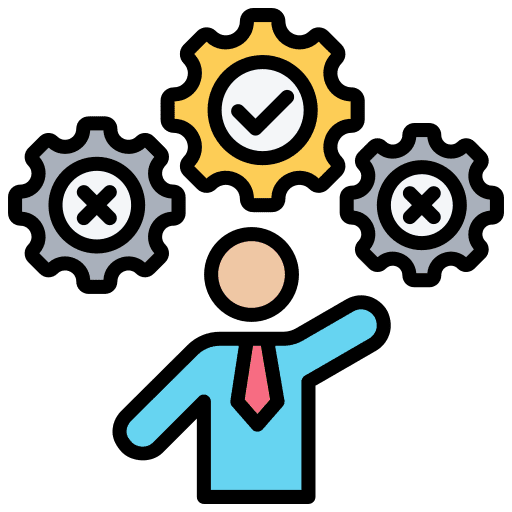
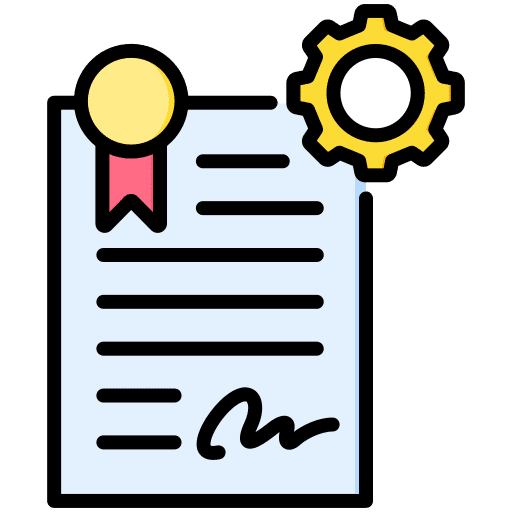



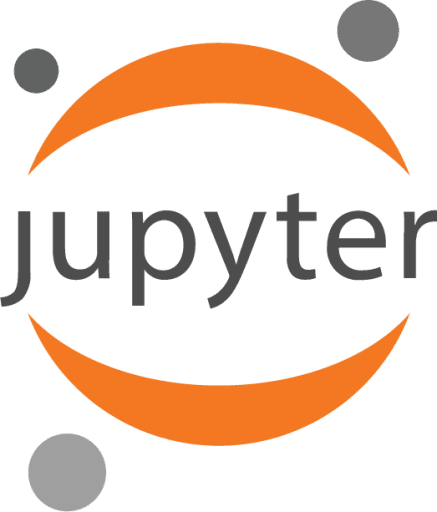
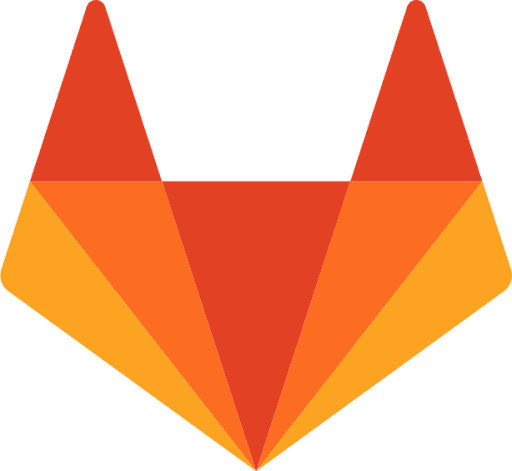
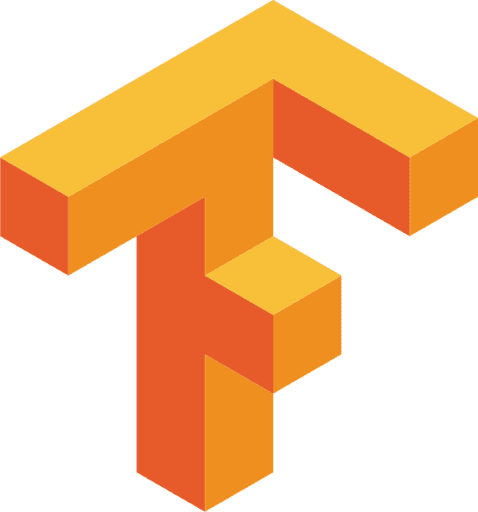
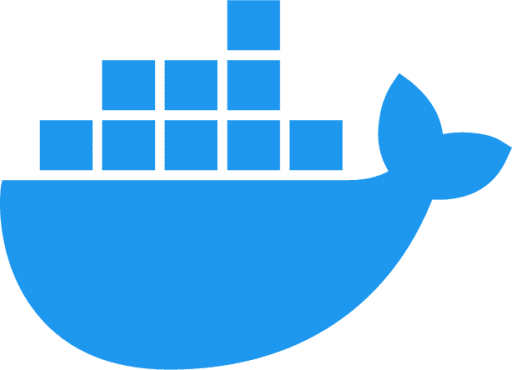
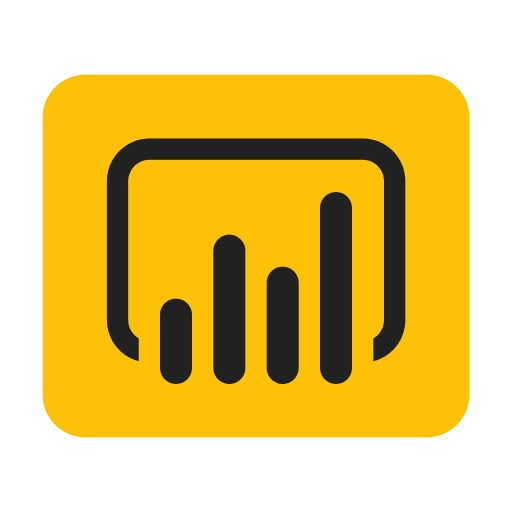
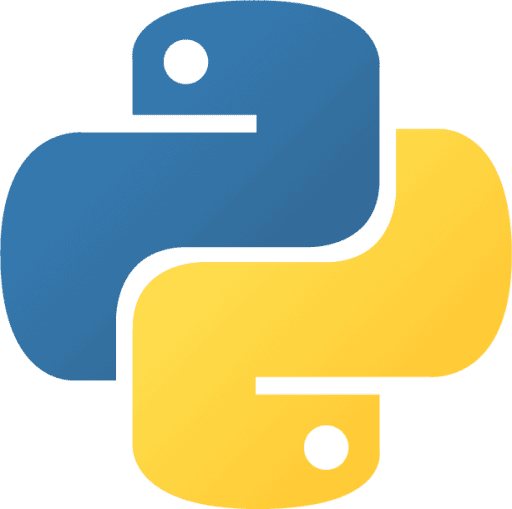
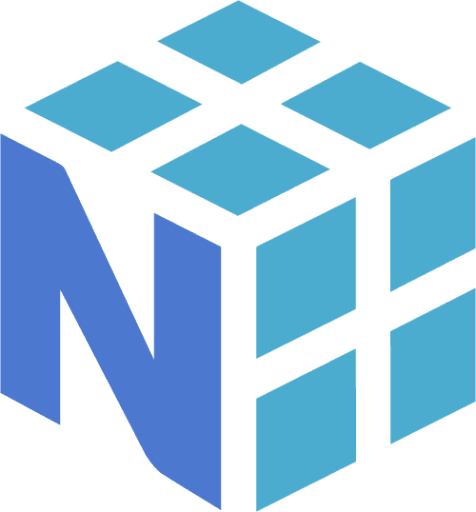




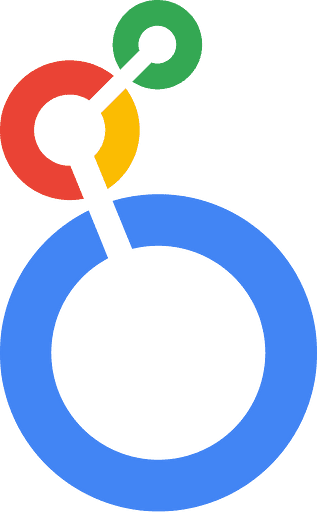
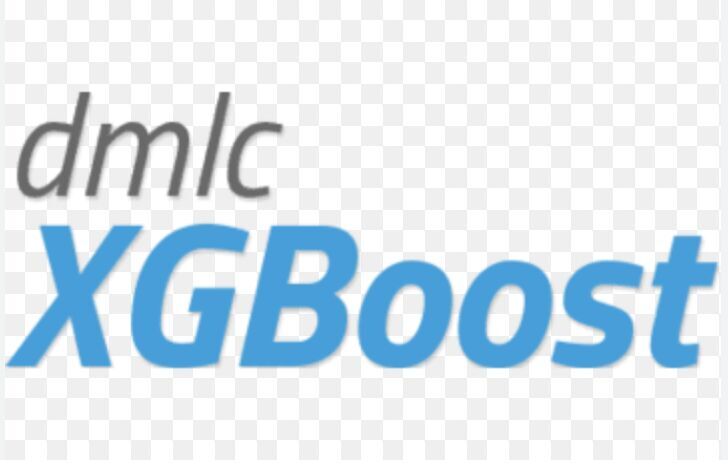

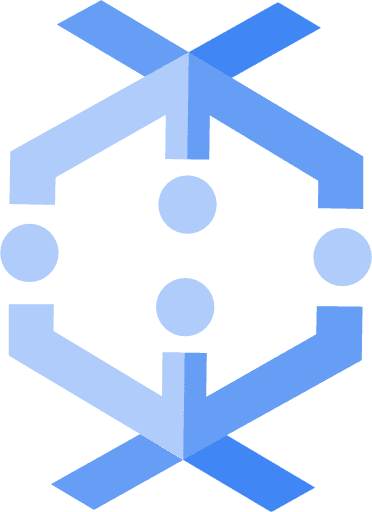
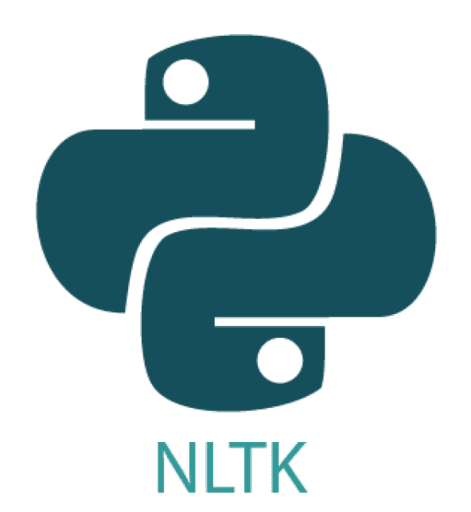
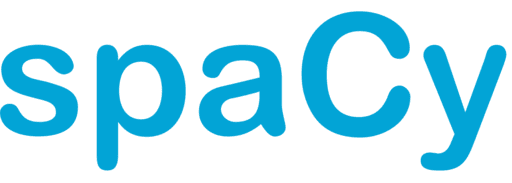


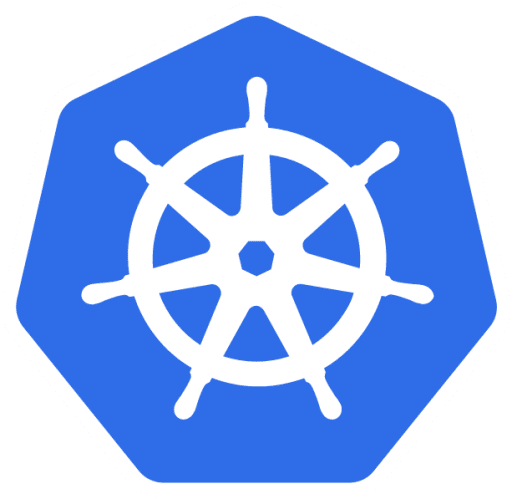
Analisis Performa Penjualan Perusahaan
Analisis Data Media Sosial: Sentimen & Engagement Kampanye Brand
Studi Analisis Customer Churn pada Layanan Berlangganan
Module 1: Introduction to Data Analysis
Topic: Overview of Data Analysis
Topic: Overview of BI & Data Warehousing
Topic: Overview of AI & Big Data Analysis
Module 2: Statistic for Data Analyst
Topic: Predictive Analysis
Topic: Supervised vs. Unsupervised Learning
Topic: Bias & Fairness in AI Models
Topic: AI Model Deployment & MLOps Overview
Module 4:Mathematics for Phyton
Topic: Linear Algebra (Vectors, Matrices)
Module 4: Mathematics for Phyton
Topic: Probability and Distributions
Module 5: SQL for Data Analysis
Topic: SQL Basics (SELECT, WHERE, JOIN, GROUP BY)
Module 6: Chat GPT for Data Analysis
Topic: Using AI for Data Analysis & Report Generation
Topic: Automating Data Cleaning & Summarization
Module 7: Digital Data Analysis
Topic: Web Analytics (Google Analytics, Adobe Analytics)
Topic: Social Media & Customer Behavior Analysis
Module 8: Advance Data Analysis
Topic: Predictive Analytics & Machine Learning Basics
Topic: Time Series Analysis
Module 9: Data Visualization
Topic: Using Looker, Flourish, and Power BI/Tableau
Topic: Interactive Dashboards
Module 10: Creating Data Driven Strategy & Executive Dashboard
Topic: Presenting Insights Effectively
Topic: Hands-on: Building an executive dashboard in Power BI/Tableau
Module 2: Statistic for Data Analyst
Topic: Descriptive Analysis
Topic: Prescriptive Analysis
Module 3: Fundamental for Coding in Python
Topic: Python Basics: Variables, Data Types, and Functions
Topic: Control Flow (Loops, Conditions)
Module 3: Fundamental for Coding in Python
Topic: Working with Libraries (Pandas, NumPy, Matplotlib)
Topic: Correlation vs. Causation
Module 4: Mathematics for Phyton
Topic: Applying mathematical concepts in Python for data processing
Topic: ETL (Extract, Transform, Load) Process
Module 5: SQL for Data Analysis
Topic: Advanced SQL Queries (Subqueries, Window Functions)
Topic: Database Management & Optimization
Module 6: Chat GPT for Data Analysis
Topic: ChatGPT for SQL Query Assistance & Python Code Generation
Module 7: Digital Data Analysis
Topic: Data-Driven Marketing Strategies
Module 8: Advance Data Analysis
Topic: Data Wrangling & Cleaning Techniques
Topic: Implementing predictive models in Python
Module 9: Data Visualization
Topic: Best Practices for Data Storytelling
Module 10: Creating Data Driven Strategy & Executive Dashboard
Topic: Business Intelligence & Decision-Making Frameworks
Topic: Designing Dashboards for Executives
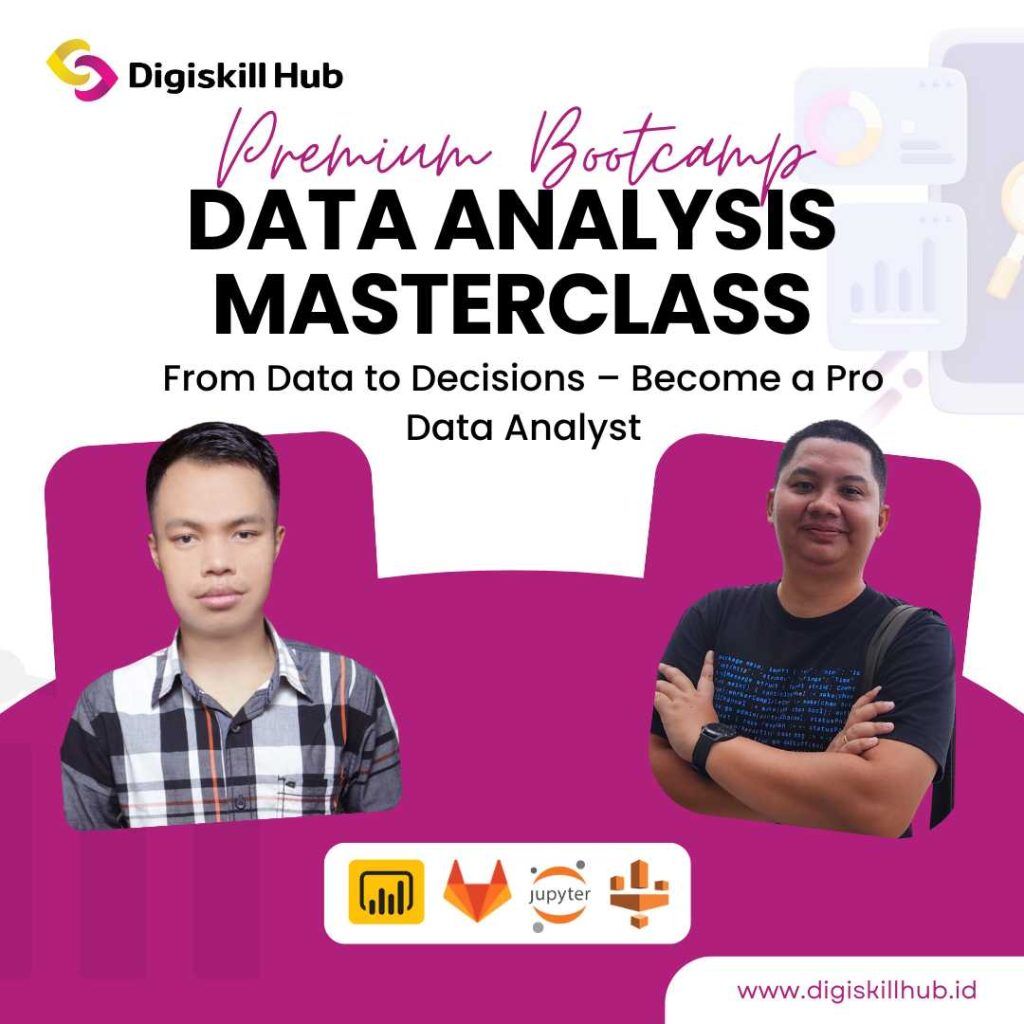
Premium
Rp.7.000.000
Umum
Rp.5.500.000
Mahasiswa
Rp.3.500.000
Tidak. Kursus ini dirancang dan disesuaikan untuk pemula , mahasiswa, umum dan profesional tanpa latar belakang IT. Materi disusun secara bertahap, mulai dari dasar hingga tingkat lanjut, sehingga dapat diikuti oleh siapa saja.
Ya. Setelah menyelesaikan seluruh materi dan tugas yang diberikan, Anda akan menerima sertifikat resmi dikeluarkan oleh CCIT FT Universitas Indonesia (UI) yang dapat digunakan untuk melamar pekerjaan atau menambah portofolio profesional.
Kursus ini menggunakan metode blended learning, yaitu kombinasi antara:
Ya. Kami menyediakan forum diskusi, sesi tanya jawab bersama mentor, serta dukungan teknis untuk membantu Anda selama proses belajar.
Untuk kursus secara umum (selain Mobile Development), perangkat minimal yang disarankan adalah:
Ya. Kursus ini bekerja sama dengan CCIT FT Universitas Indonesia, sehingga sertifikat yang diterbitkan memiliki kredibilitas tinggi dan dapat menjadi nilai tambah pada CV Anda.
Durasi kelas intensive bootcamp adalah 3 bulan, dengan sesi live melalui Zoom 2 kali dalam seminggu, masing-masing berdurasi 3 jam. Jadwal berlangsung pada hari kerja (weekdays) pukul 19.00 – 22.00 WIB atau hari libur (weekend) pukul 09.00 - 12.00
Durasi kelas fast track adalah 5 hari, dengan sesi live melalui Zoom 5 kali dalam seminggu, masing-masing berdurasi 3 jam. Jadwal berlangsung pada hari kerja (weekdays) pukul 19.00 – 22.00 WIB atau hari libur (weekend) pukul 09.00 - 12.00
Ya. Materi kursus dapat diakses kapan saja melalui platform LMS atau LXP, sehingga Anda bisa belajar secara fleksibel di luar jadwal live session.
Ya. Tugas diberikan di setiap akhir pertemuan. Selain itu, peserta akan mengerjakan proyek nyata (real project) sebagai bagian dari proses belajar dan portofolio.
Ya. Kursus ini berbayar, namun Anda akan mendapatkan akses seumur hidup ke seluruh materi pembelajaran, termasuk video, modul, dan forum diskusi.
Ya. Peserta akan mendapatkan bimbingan langsung dari mentor profesional, serta akses ke group chat khusus untuk berdiskusi dan berkonsultasi.
Tidak ada tes masuk untuk dapat mengikuti program di Digiskill Hub, semua orang dengan latar belakang apapun dapat mengikuti program ini
Kami juga ada program Intensive Bootcamp lainnya — pembelajaran mendalam dan langsung praktik bareng mentor!
Automated page speed optimizations for fast site performance